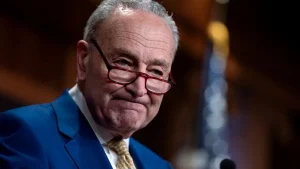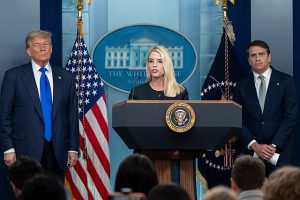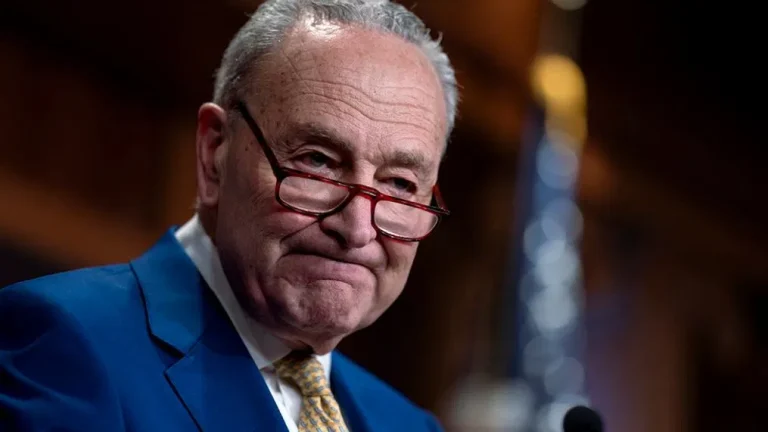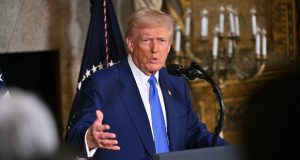Amazon’s internal discussions reportedly centered on adding a line item to product pages that would break out the approximate tariff fees levied on imported goods. For example, a pair of headphones manufactured overseas and sold for $50 could show an additional “Tariff: $12.25” charge. The intent, according to unnamed sources within Amazon, was to empower customers with clearer information about how U.S. trade policy directly affects retail prices.
-
Consumer Awareness: Proponents of the feature argued that, in an era of growing concern over inflation and price spikes, shoppers deserve to understand the factors driving costs.
-
Competitive Differentiation: By pioneering tariff transparency, Amazon might position itself as a consumer advocate in contrast to other retailers that bundle duties and fees into a single sticker price.
-
Operational Feasibility: Internally, Amazon engineers assessed that, with existing data on tariff schedules and product origins, they could automate the calculation of estimated duties for the vast majority of imported SKUs within weeks.
Despite these potential benefits, the move posed significant risks—chief among them, antagonizing the Trump administration, which has made tariffs a cornerstone of its economic strategy.
White House Response: “Hostile and Political”
Shortly after news of Amazon’s contemplated feature broke, White House Press Secretary Karoline Leavitt issued a forceful statement:
“I just got off the phone with the president about this, about Amazon’s announcement. This is a hostile and political act by Amazon.”
Leavitt further underscored her point by brandishing a Reuters report from 2021 that accused Amazon of partnering with what she described as a “China propaganda arm.” In doing so, she framed the tariff‐cost disclaimer not merely as a commercial decision but as an affront to the administration’s broader trade agenda.
Key Elements of the White House Pushback
-
Personal Call with the President
Leavitt’s reference to a direct conversation with President Trump signaled that the matter had escalated beyond routine press office commentary. By invoking the President’s personal engagement, the administration elevated the dispute to one of heightened political sensitivity. -
Questioning Amazon’s Motives
Labeling the plan as “hostile and political” suggested that the White House perceived Amazon’s transparency proposal as a deliberate challenge to Trump’s tariff policy rather than a neutral consumer‐centric feature. -
Historical Grievances
By citing a 2021 Reuters article alleging Amazon’s affiliation with Chinese state media, the White House aimed to remind the public of past controversies involving the retailer and its sprawling Chinese supply chain relationships.
Background on U.S. Tariff Policy
The Genesis of Tariffs Under Trump
When President Trump took office for the first time in January 2017, one of his signature economic moves was to impose steep tariffs on a variety of imported goods—most notably steel, aluminum, and a broad portfolio of Chinese imports. The stated goals included:
-
Protecting American Manufacturers: By making foreign‐produced steel and aluminum more expensive, the administration sought to revive domestic production capacity.
-
Reducing the Trade Deficit: Tariffs on Chinese goods were intended to pressure Beijing into more favorable trade terms and to reduce the U.S. trade imbalance.
-
Bargaining Leverage: Trade duties became a bargaining chip in negotiations with other major economies, from the European Union to Canada and Mexico.
Over subsequent years, however, the tariff regime proved a double‐edged sword. While some domestic producers benefited from reduced competition, many American businesses—particularly those reliant on imported intermediate goods—saw their input costs rise sharply.
Escalation and Retaliation
By mid‐2018, U.S. tariffs on Chinese goods had reached upwards of 25 percent for many product categories. China responded in kind, imposing its own duties on a host of American exports, ranging from soybeans to automobiles. The result was a familiar tit‐for-tat dynamic that rattled global supply chains and sowed uncertainty across numerous industries.
Adjustments and Delays
In the face of mounting pressure from U.S. importers and concerns about consumer price inflation, the administration periodically granted temporary exclusions for certain products, delayed tariff deadlines, and even reduced duties on some goods. Nonetheless, the overall architecture of higher border levies has largely remained intact through President Trump’s second term.
Amazon’s Historical Relationship with the Administration
Early Interactions
Jeff Bezos, Amazon’s founder and executive chair, has maintained a complex relationship with President Trump. In December 2016, Bezos donated $1 million to Trump’s presidential inaugural fund and attended the January 2017 inauguration. Yet, as Trump’s tenure progressed, the relationship soured—particularly as The Washington Post (owned by Bezos) published critical coverage of the administration.









